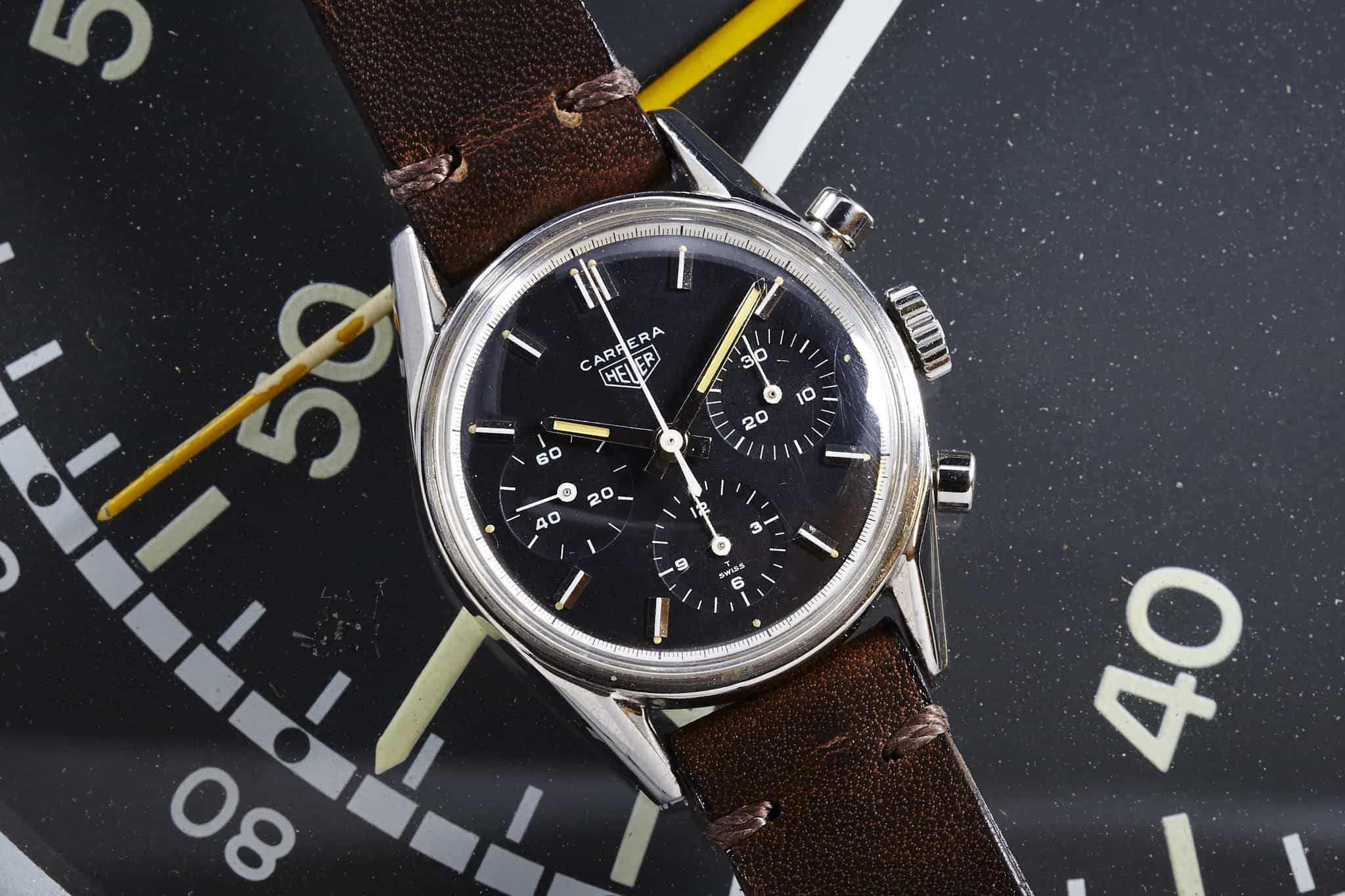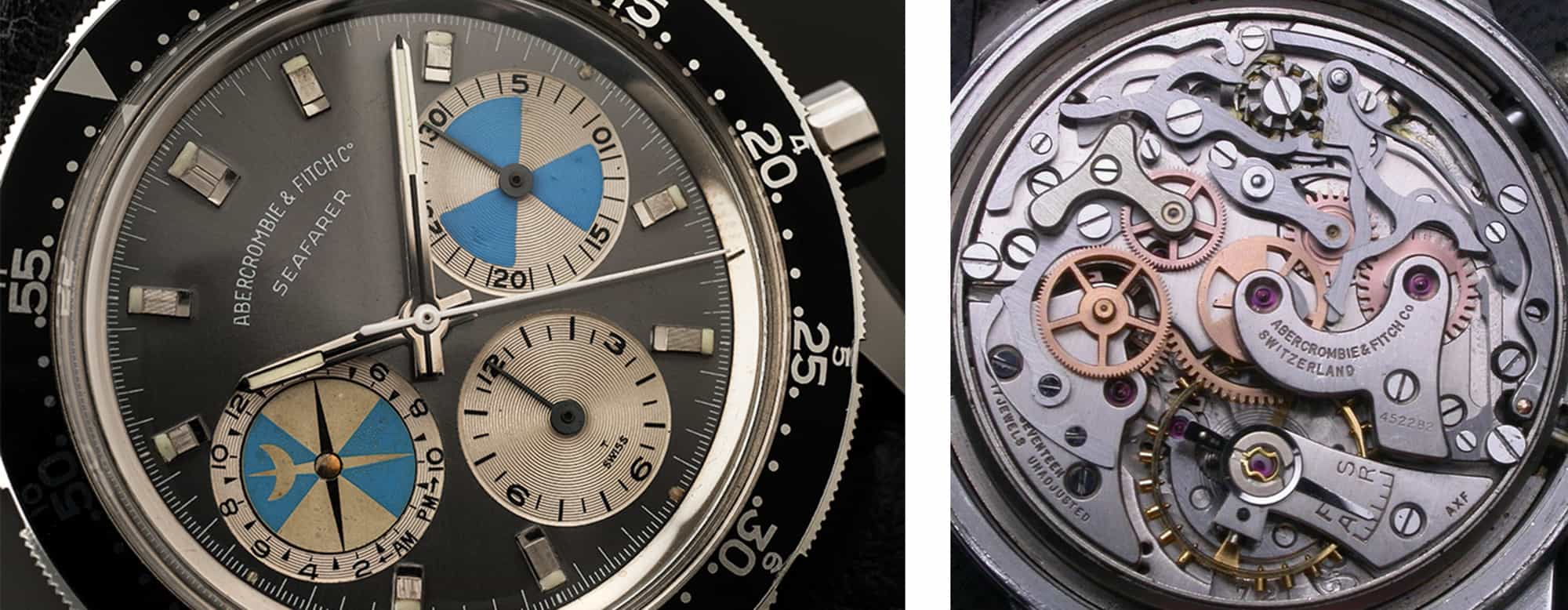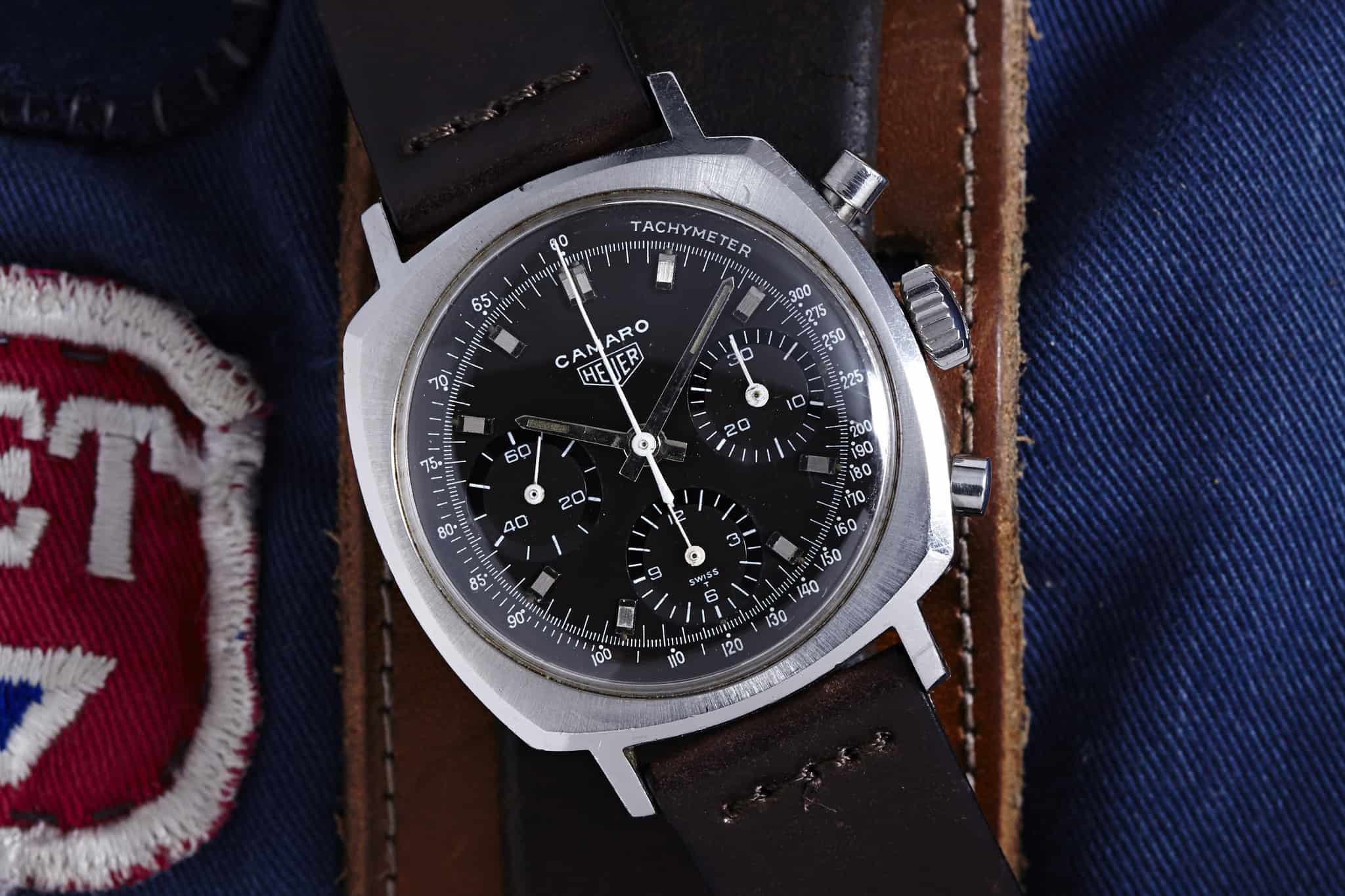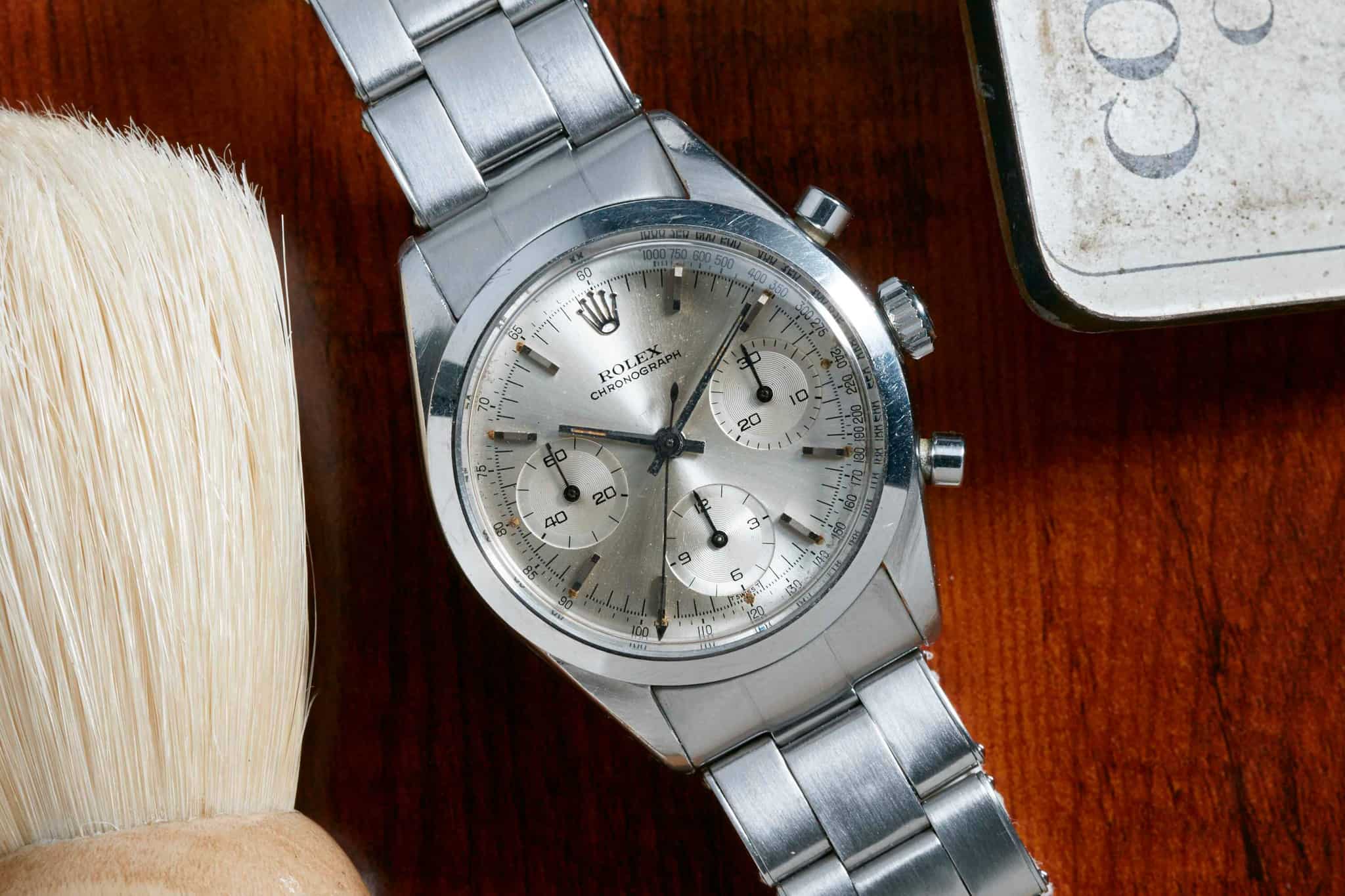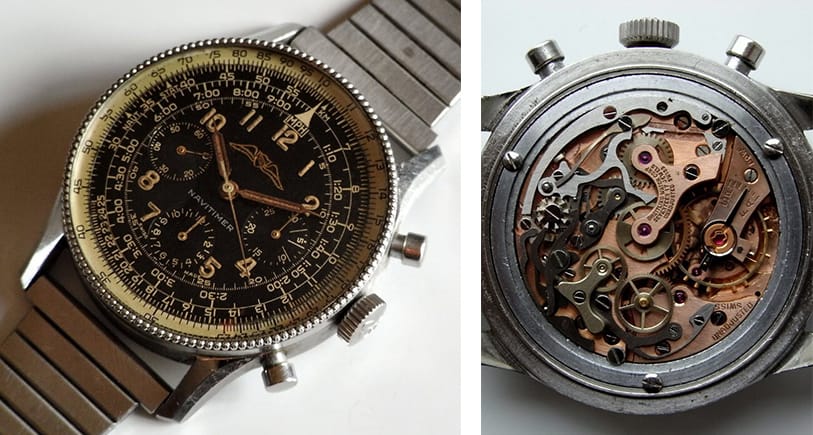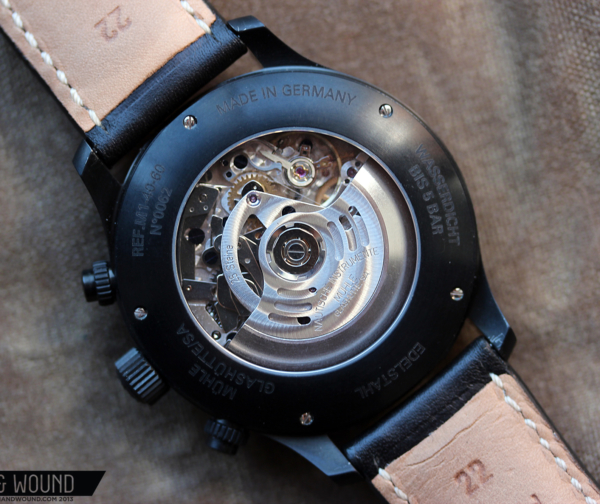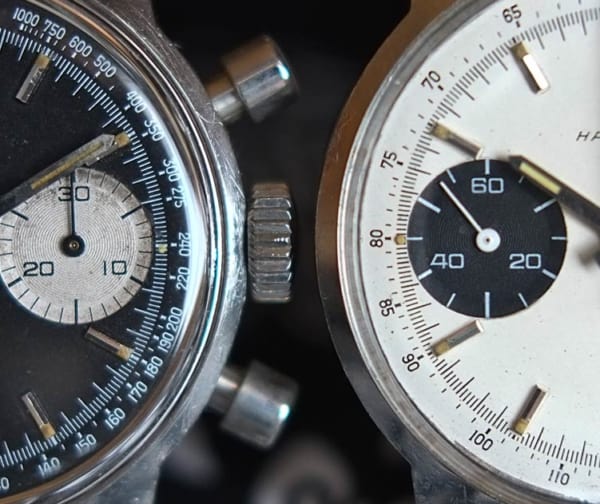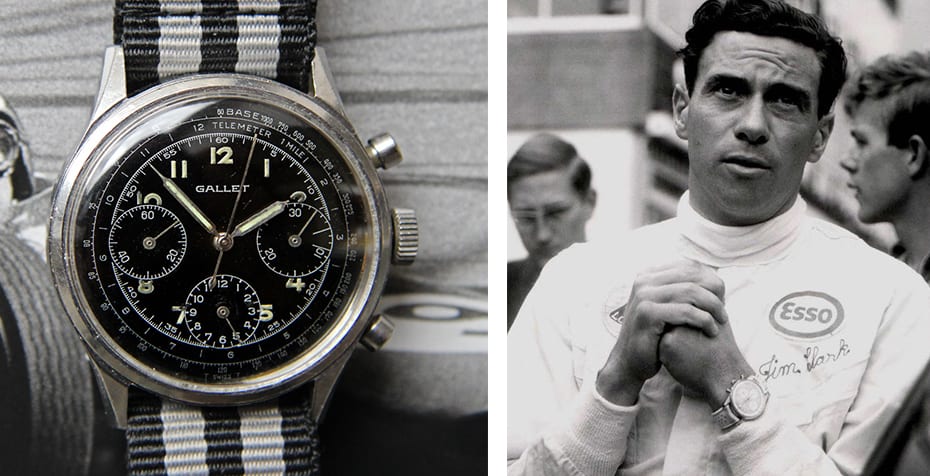Back when the Valjoux 72 was conceived, watchies didn’t fret on forums about the superiority of in-house over ébauche movements. After all, most watch companies were only just starting to think about building their own chronograph engines. Chronographs were the exotic preserve of people who might actually need a stopwatch; important people like racing drivers, pilots, engineers and playboys.
And, back then, a ‘database’ meant ‘that card index system down in the workshop – if we can find it.’ That means talking about the Valjoux 72 very quickly lands you in a frighteningly dense horological forest where you can’t see the column wheels for the numbers. Trying to make sense of the movement’s evolution, functions and applications is like trying to keep track of Lucrezia Borgia’s paramours.
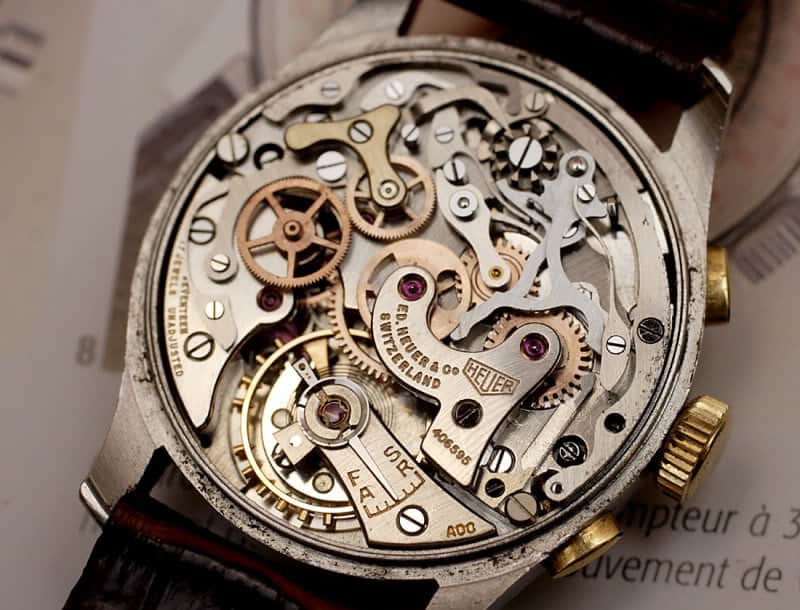
The movement evolved from the 18,000bph Valjoux 22 and 23 and the resemblance is pretty obvious. But then the family tree starts getting a little complex. The movement was in production from 1938 to 1974, so it’s not surprising there’s confusion.
Starting at the top, there’s the Valjoux 72; easy enough. But add a GMT complication and you have the 724. An 88 ditches the GMT complication but gets you a moonphase. The 721 (if you can find one) will give you tide times too. Flyback? You’ll want the Valjoux 720, sir. Then there are the numerous re-named variants that found their way into watches by other makers–some very famous ones indeed as we’ll see later.









 Featured Videos
Featured Videos




